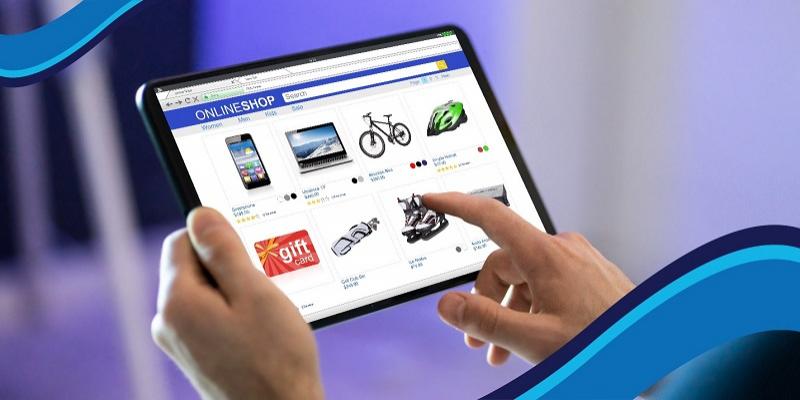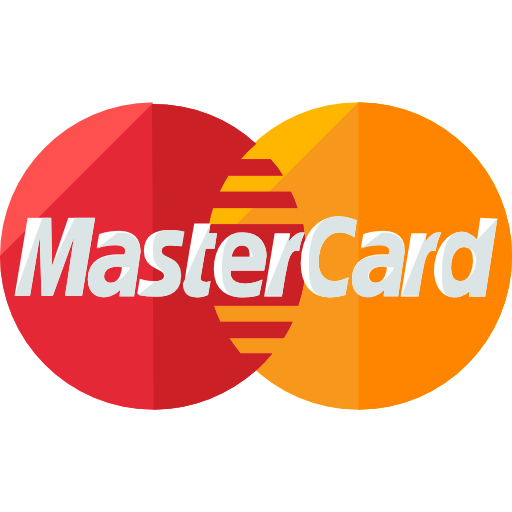News
Point of Sale Systems for Ecommerce Philippines Grand Tech
Tuesday, June 7, 2022Table of Contents
- Introduction
- An Overview of E-Commerce in the Philippines
- Growth Over the Years
- Benefits to Filipino Businesses and Consumers
- The Future of E-Commerce in the Country
- Point-of-Sale Systems for E-Commerce Businesses
- Explaining POS Systems
- Connecting Online and Offline Sales
- Benefits of Integrating POS Systems in Your Online Store
- Inventory Management
- Faster Transactions
- Increased Sales
- Ease of Use
- Accurate Data Presentation
- Common Components of POS Systems for E-Commerce
- POS Monitor
- Receipt Printer
- Barcode Reader
- Label Printer
- Shipping Scale
- Learn More About POS Systems for E-Commerce
- Conclusion
Integrating POS Systems for Your E-Commerce Business? We Can Help!
Introduction
An online store can be difficult to manage because of the various tasks you have to do—from handling purchases and recording transactions to keeping track of stocks and addressing customer concerns. With the amount of work you have to do, you may need extra help to get things done quickly and accurately.
Luckily, there are point-of-sale systems that can help you collect order information, compute total earnings, and compile sales records for your e-commerce business. You simply need to purchase pieces of POS hardware and install the necessary software programs to set up your system. Once you have the equipment you need, just input your shop’s information, such as the inventory and prices, then you’ll be good to go!
For POS system integration with your e-commerce business, turn to Grand Tech Int’l. Ent. Corp. We carry products from EC Line, a trusted brand for point-of-sale hardware. You may also purchase software from us that best fits your needs.
An Overview of E-Commerce in the Philippines
Whether you’re a business owner or an ordinary consumer, you have probably gone to the internet to look for items you need. Each purchase you complete through online shopping contributes to the e-commerce growth in the Philippines, people's livelihoods, and the industry's future for the next years.
Growth Over the Years
The e-commerce market in the Philippines has been increasing yearly from a value of around PHP100 billion in 2017 to about PHP300 billion in 2022. According to GlobalData, a reputable intelligence provider, this growth is due to people getting better access to the internet and their growing preference for shopping online rather than in physical stores.
Another contributing factor to the increase was the COVID-19 pandemic, which cost many people their jobs. As a result, many Filipinos, both employed and unemployed, decided to start online businesses to support their families. Selling through the internet was the most effective way for stores to reach customers as movement was limited except for delivery services.
From March 2019 to January 2021 alone, registered online sellers grew from 1,700 to 93,318. Many of these businesses still thrive today as online store setups have proven more convenient for both business owners and customers.
Benefits to Filipino Businesses and Consumers
Has the Philippines gained anything from e-commerce? Yes, many Filipinos have benefitted from online shopping. Mainstream and niche businesses now have a larger online presence after people discovered that practically any item could be sold online. Additionally, online shops could reach a wider audience, allowing them to sell their items to different regions in the Philippines.
Consumers have also greatly benefitted from e-commerce as it introduced them to more brand options and gave them easier access to an extensive selection of products. It has helped many people conveniently find the items they want or need. For example, people looking for natural skin care products can just do a quick search online to discover locally and internationally made items that meet their specific needs.
The Future of E-Commerce in the Country
According to Market Research Philippines, an advisory services provider, only 68% of internet users in the country consume online services, including food delivery, transportation hailing, and online shopping. This means e-commerce still has room to grow its market size. Increasing this number requires the government's support in developing better infrastructure, investing in opportunities, and helping businesses enter the market.
Once e-commerce businesses receive this support, they might be able to offer safer and more accessible payment options, a wider variety of items, and so much more. These new additions will grant Filipinos more choices for what they want or need and encourage more people to take advantage of online services.
Point-of-Sale Systems for E-Commerce Businesses
Whether you’re already an online seller or just about to start your business, you can rely on us to provide you with point-of-sale systems for e-commerce. These products will help you create more efficient processes and help you manage transactions better.
Explaining POS Systems
A POS system is a combination of hardware and software that can eventually lead you to generate more sales. How does this work? You have to purchase several units and a software program that’s compatible with your POS system.
With the right set of hardware pieces, you’ll be able to manage your inventory and sales better. For example, you can set up a touch monitor or POS tablet in your packaging area to have a guide for the items to pack in each order.
Choosing the right software is also crucial for the type of work you want the system to do for you. Determine what you plan to use your hardware for so you can decide which software to purchase. If you plan to give your customers loyalty rewards, choose a program that can help you store, track, and redeem points.
Connecting Online and Offline Sales
A physical store is beneficial for e-commerce businesses because it allows offline shoppers to purchase from you. However, keeping the inventory and sales of your stores updated may be a bit challenging since you may receive orders from both channels simultaneously. To avoid canceled orders and messy computations, utilize your POS system by synchronizing the records of both stores.
With a connected online and offline record, you can manage orders better, check real-time inventory, automatically input order information, give discounts in both stores, and gather more data about your customers. Overall, it will give your customers the best experience no matter where they purchase your products.













